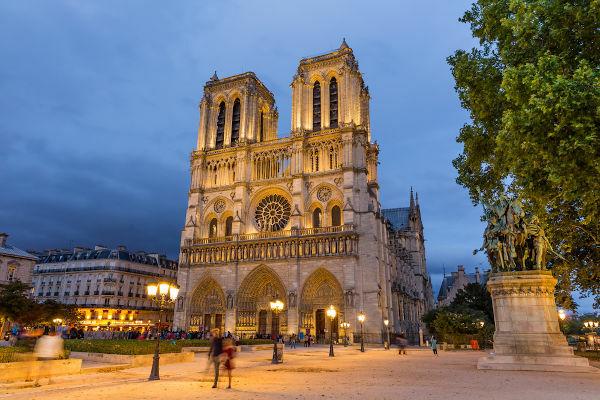When we return to the motivations of the Crusades, we observe that this movement of a religious and military order appeared in Europe with the aim of resolving a series of obstacles that took Medieval Europe. On the one hand, the Crusaders had an interest in expelling Muslims from the Holy Land. On the other hand, they had a visible interest in seeking new lands that could meet the growing economic demand of the European population.
At first, the conquest of land and control of the city of Jerusalem were achieved by Christian troops. However, the success was short-lived through the successive victories that put the Holy Land back under Muslim administration and the reconquest of the eastern domains taken by the Christians. Finally, the Latin kingdoms, established in the first crusades, were reduced to some portions of Palestine and Syria.
Despite such limitations, the Crusades played a fundamental role in helping European civilization to follow new paths. The looting promoted in the East allowed an expressive amount of coins to enter the feudal economy. With this, the merchants were able to create trading companies that moved between the West and the East. Progressively, the fear of the distant lands lost space to a renewed entrepreneurial spirit.
The trade routes allowed the development of western cities and the approximation of the knowledge of European, Muslim and Byzantine civilizations. The search for profit, economic rationalism, the improvement of maritime technology and economic rationalism showed that the old feudal dictates would not remain untouched. From an economic point of view, the old agrarian feature of Europe took on different contours.
The feudal lords, interested in the goods that came from the eastern world, reorganized the model of production of their lands seeking surpluses that could sustain this new pattern of consumption. In addition, the rigid structure of the servile system gave way to the lease of land and the departure of serfs attracted by the new way of life existing in the revitalized urban spaces. Thus, feudalism gave the first signs of its crisis.
At the same time that there was contact between cultures, we cannot forget that religious intolerance was also another important sign left by the Crusades. From a historical point of view, the persecution of Jews and Muslims was strengthened by these situations of conflict. It is not by chance that we can note that the Iberian kingdoms, for example, waged a strong campaign against non-Christian individuals in the passage from the Middle Ages to the Modern Age.
The Crusades demonstrate that the consequences of human actions do not always materialize according to their wishes and expectations. However, it was this same unpredictability that indicated the establishment of new directions that broke the feudal order. In fact, it is practically impossible not to think about the profound contribution of this historic event to modern Europe rehearsing its first steps.
By Rainer Sousa
Graduated in History
Do not stop now... There's more after the advertising ;)
Would you like to reference this text in a school or academic work? Look:
SOUSA, Rainer Gonçalves. "The aftermath of the Crusades"; Brazil School. Available in: https://brasilescola.uol.com.br/historiag/cruzada-movimentos.htm. Accessed on June 27, 2021.


